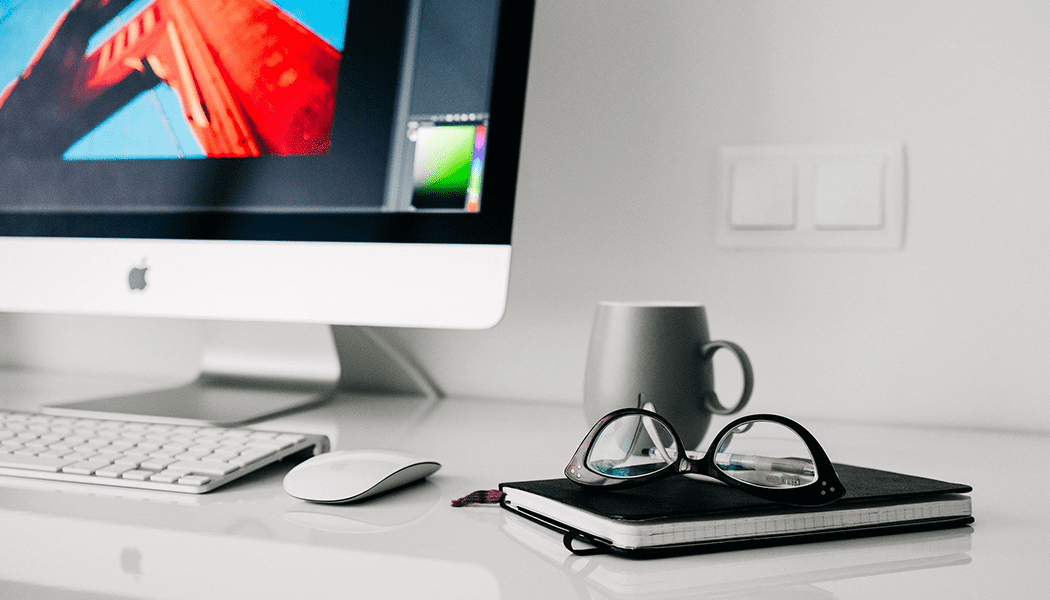Design is one of the most integral components of things you see and take for granted every single day. Without design systems, everything would be bland and unexciting. Design systems consist of several different components that can be used and reused in a variety of combinations. As a result, they allow you to manage designs on a scale basis. Generally speaking, they have very clean visual styles within a specific user interface or UI. Overall, there are seven ways to hack design systems for your business.
Color
Color is a big thing in design systems, and it is important to ensure that the right color codes and shades are used in every design. Generally speaking, you want to include at least one to three primary colors within your scheme to represent your brand. Many designs also include a variety of tints and shades mixed with white or black, respectively, to give off a distinctive style.
Imagery
Every design system must have exceptional imagery. In order to have the right design to work, you must have a specific plan for your visual design and adhere to that. You should create a guideline for images and include a mix of icons and illustrations for your brand. Creating the right format depending on the theme is the best way to convey your imagery.
Typography
All design systems have two specific fonts. Successful typography within a design system includes one font for the headings and the body of text as well as another simple, mono type font for the code. There are only two fonts used so as to keep things simple so that you can draw the user’s attention. Using too many fonts is problematic due to the overuse of styles and will be confusing to your users. There may also be an issue of slower performance online when you use multiple fonts.
Sizing and Spacing
Sizing and spacing is important in design systems. You have to come up with the best overall look for your design, which means using the right size for images and type as well as appropriate spacing. Generally speaking, the best method for sizing and spacing is the four-based scale so your design can be used on all different size screens, including computers and mobile systems.
Patterns
Having a pattern library for your design is important as well. You can come up with a few options by taking the components of your UI and playing with everything to see what works the best.
Components
Components are parts of the UI that can be reused depending on your project. Things like buttons, links, modal forms and input fields are examples of components that can be reused within your web design.
Code and Implementation for Design
When using all the individual components that make up design systems as a cohesive unit, the developer is able to create better UI flow as a whole.
When you have all these components in place for your design system, you will have an overall better experience for all your users. Everything will be clear and concise, and you will be better able to convey your brand’s message to a broader audience, which will secure your success.
Read Next: 7 API testing tips for beginners








